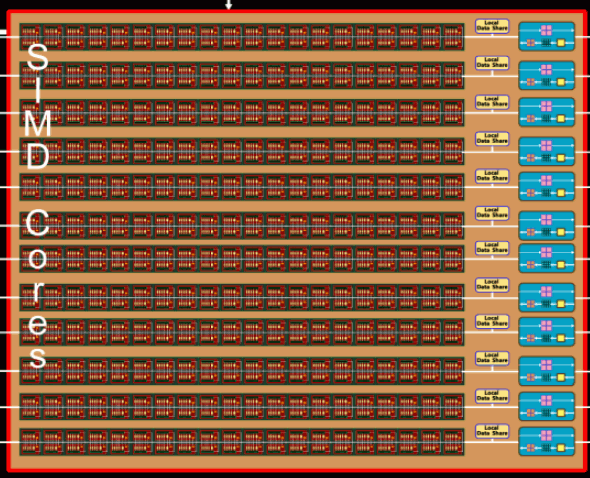DegustatoR
Legend
I'll try to explain again (maybe it's my English): while you may plan for some cost, $200-$300 bracket at launch for example, you have absolutely no guarantee that this will be the market cost of you solution in the end. The market may force you to lower your costs to $100-150 if the competition have better products in the same $200-$300 bracket.You plan for what you know you can plan for - costs are known, or at least can be relatively well predicted, so you can plan a strategy around that. Thats what the "sweet spot" strategy is about; the $200-$300 bracket at launch (with the knowledge that it will scale down afterward).
That means that there is no sweet spot strategy, there are only current market conditions with sweet spots always moving and changing. Since a GPU can't be made in a week you can't possibly know if your chosen sweet spot for it will end up being sweet or bitter.
With RV770 you've got lucky, with R600 you missed the spot pretty significantly. There is no guarantee that you won't miss it again with RV870. No strategy can guarantee something like that.

